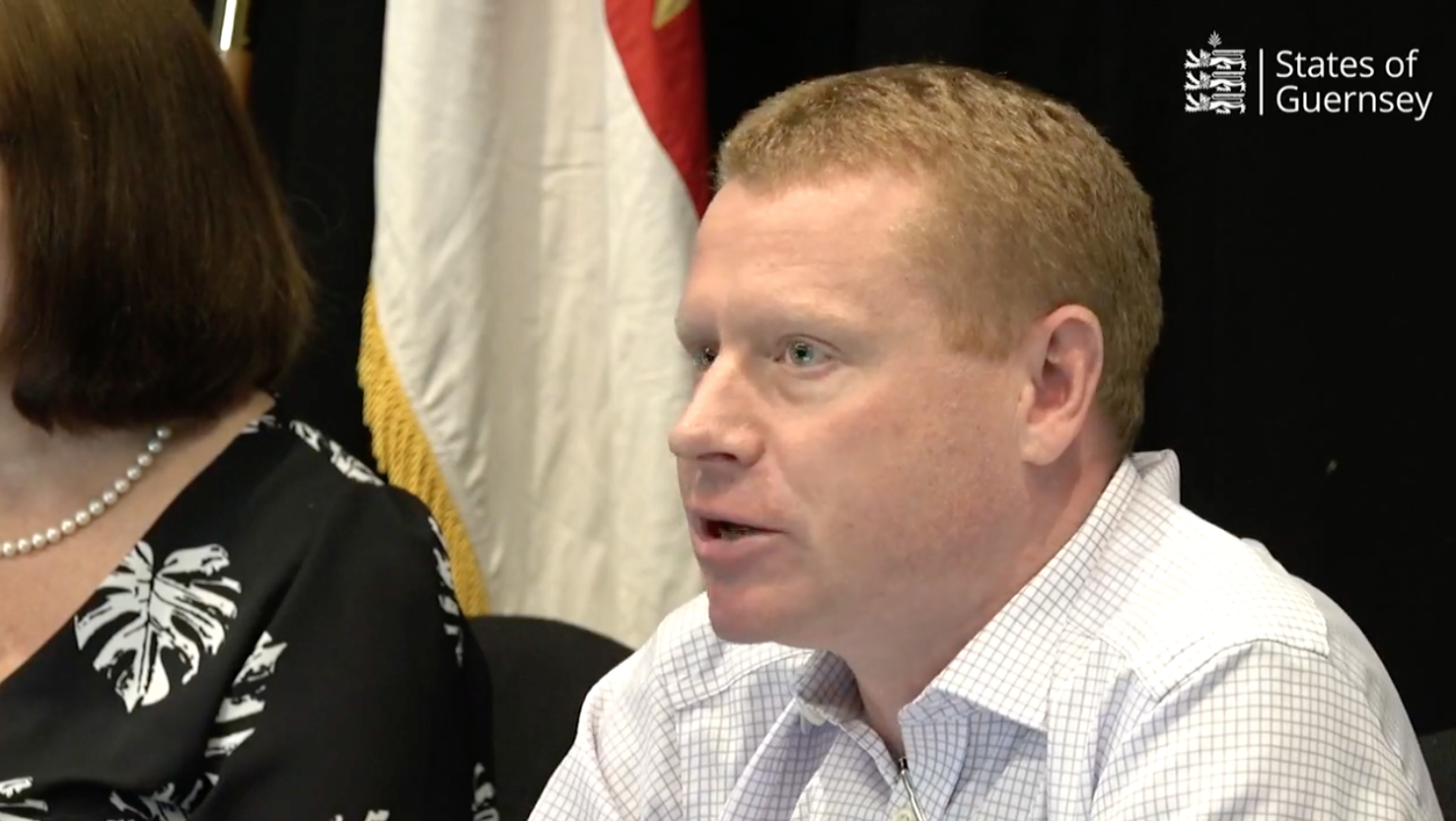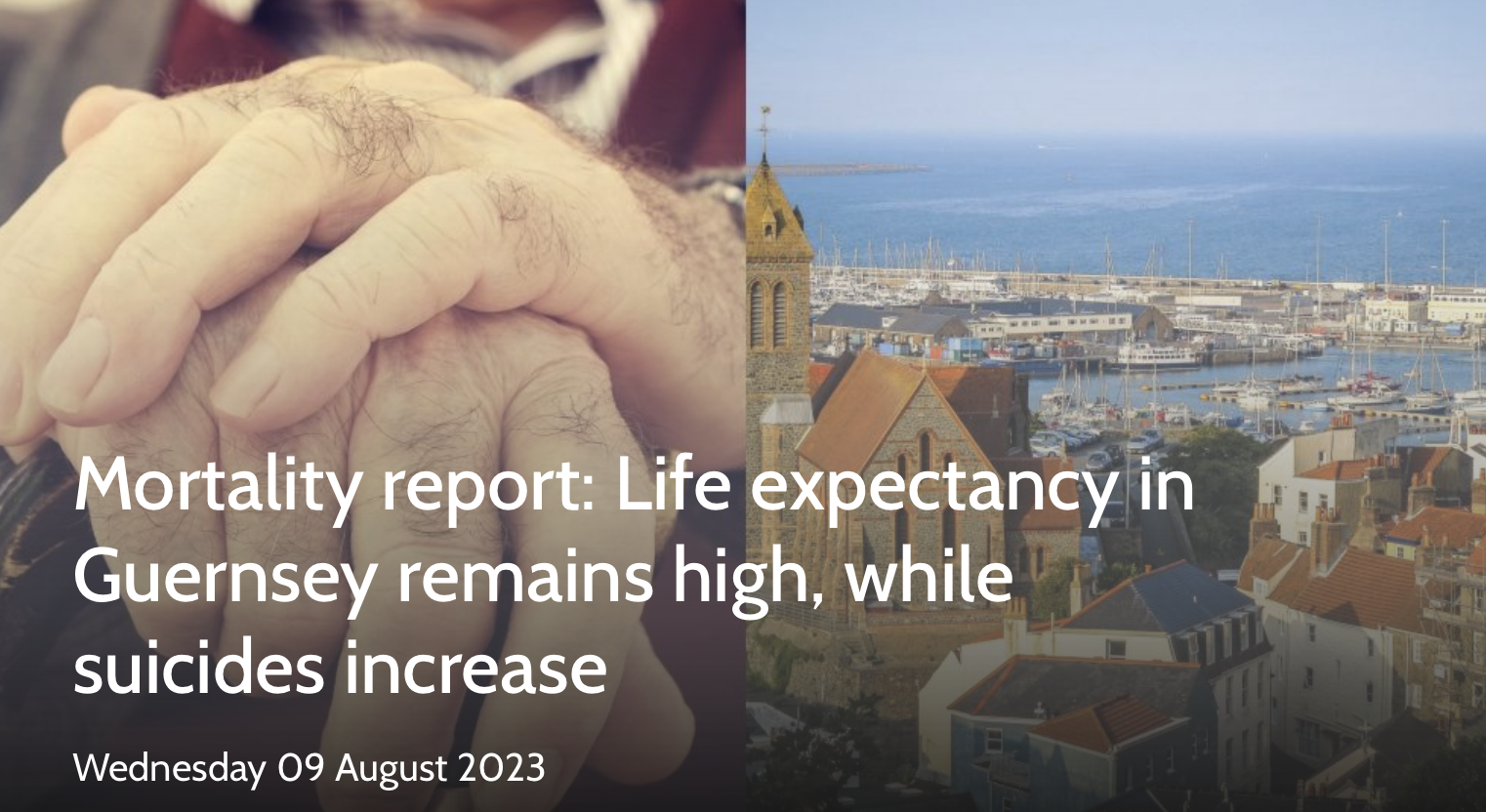

Avoidable deaths – including suicides – contribute to thousands of lost years of life alongside other public health concerns such as smoking and drinking alcohol, with lessons being drawn from the available data to try and reduce the risk of further preventable deaths.
Support for people struggling with suicidal thoughts comes in a variety of guises from medical intervention to social engagement.
A new Mental Health and Wellbeing strategy was published earlier this month aiming to offer a more cohesive service by focusing on 'four pillars' for success.
Those four pillars aim to bring together local data and evidence to inform local services, information access and signposting, improving those available services, and then acting on feedback and reviews.
The strategy was drawn up by experts from mental health and public health services, charities and people with lived experience of poor mental health themselves.

The Clinical Director for Mental Health and Adult Disability across the Bailiwick is Dr Dominic Bishop. He was one of the team of people behind the new strategy.
He has known people who have died by suicide and he said he's not shying away from the fact that there has been an increase in the number of people taking their own lives locally.
"We don't want to undermine or underplay any suicide because every suicide is absolutely devastating for a huge number of people," he said. "The ripples around suicide are incredible. Every suicide is significant."
Dr Bishop said there is evidence that people who have taken their own lives have not been engaged with mental health or suicide prevention services, which is something he hopes the new strategy will address.
He - and others involved with the strategy including personnel from Guernsey Mind - said that talking remains one of the best ways to prevent people acting on suicidal thoughts.
The number of people dying by suicide is statistically higher in Guernsey than in other comparable jurisdictions according to the data contained in the latest mortality report. However, Dr Bishop said those statistics are skewed by the small population.
"... although it looks like our rates are higher than in the UK, that's basically because of the difference in population size. There's not a difference mathematically in terms of what rate that we can be definitive about but that's based on the one year that people are particularly worried about (2021).
"But if you look back at the data there's been a gradual increase and we're not going to hide away from that."

Pictured: Dr Dominic Bishop is the Clinical Director for Mental Health and Adult Disability for the Bailiwick.
The data in the mortality report relates to between 2019 and 2021 when there were 15 deaths recorded as suicides (per 100,000 people) with a spike during the second year of the covid pandemic. No reasons are publicly known for the any of the deaths recorded during that time however.
Between 2013 and 2015 there were 7 deaths by suicide per 100,000 people.
Further to that data, the island’s Mortality Trends report – published last month – shows there has been a general increase in the numbers of deaths by suicide over the past 20 years.
There were two noticeable declines between 2007 and 2010 and 2012 and 2015 but decade on decade there was a small increase between 2002 and 2012, and a much larger increase in the number of suicides annually by 2021.
Between 2002 and 2021 there were 104 deaths registered in Guernsey with an underlying cause of suicide or injury of undetermined intent.
There was at least one per year with a maximum of 11 in any one year (2021)
The average was 5.2 per year.

The Mortality Trend report notes that there has been a change in the way suicides are recorded by coroners in England and Wales. As opposed to past instances where “beyond all reasonable doubt” was needed before a death could be attributed to suicide, now coroners need to consider that a death was caused by suicide “on the balance of probabilities”.
Guernsey’s Public Health team said that although this has introduced a split in the definitions of deaths by suicide or deaths due to injury of undetermined intent, it has not impacted the overall rates in England and Wales significantly and the same would be expected with Guernsey’s rates.
However, as Dr Bishop highlighted, justified concerns over Guernsey’s suicide rate are magnified due to the small population by comparison.
Where there are a small number of deaths per year any preventable death can have a large impact on the rates and also on the people around the deceased.
In Guernsey and Alderney, between 2019 and 2021 there were 1,735 deaths (excluding stillbirths) meaning there were an average of 578 deaths per year. This is a broadly consistent level over the two decades captured in the Mortality Trends report.

Pictured: The new mental health and wellbeing strategy covers Alderney as well as Guernsey.
The Mortality Trends report shows a continued disparity between the number of males and females taking their own lives.
Gender is not addressed in the Mortality Trends report but as Guernsey does not record the number of transgender people living in the island among the population it can be presumed that male and female relates to the sex of an individual at birth.
The number of suicides or death by injuries of undetermined intent in males (75%) outstrips that of females (25%) with the highest number of suicides per age group in men between 20 and 59, with a peak between 20 and 29 years too.
Guernsey’s Public Health team said this is a “consistent pattern of more suicide deaths among males than among females”.

Pictured: Men are known to be more at risk of suicide than women.
On average, over the past 20 years Guernsey has seen four deaths per year among males attributed to suicide or death by injury of undetermined intent compared to one per year among females.
In England and Wales, the suicide rate in 2021 among males was 16 per 100,000 and among females 5.4 per 100,000.
Guernsey’s Mortality Trends report showed that around 2,200 years of life are lost every year.
That is based on people who died relatively young or had a preventable death.
Suicide is listed as the top contributory cause to YLL followed by lung cancer and alcohol specific deaths.
Around 21% of deaths during 2019-21 were considered to be ‘avoidable’ said Public Health.
We know that suicide can be prevented through supportive measures but other preventable deaths include 10% of all deaths which are caused by smoking and an alcohol specific mortalilty is said to be in line with the UK – and is on the up but Public Health said the significance of that increase is not certain.
How Guernsey intends to deal with its recent increase in deaths by suicide has been explained in a new Mental Health and Wellbeing Strategy.
That can be read in full HERE.
Talking remains key to preventing suicides
LISTEN: "Every suicide is absolutely devastating"
A strategy for the wellbeing of all
LISTEN: How lived experiences is key to strategy success
HSC publishes new mental health report
Comprehensive plan laid out for future of mental health services
Mortality report: Life expectancy in Guernsey remains high, while suicides increase
Comments
Comments on this story express the views of the commentator only, not Bailiwick Publishing. We are unable to guarantee the accuracy of any of those comments.